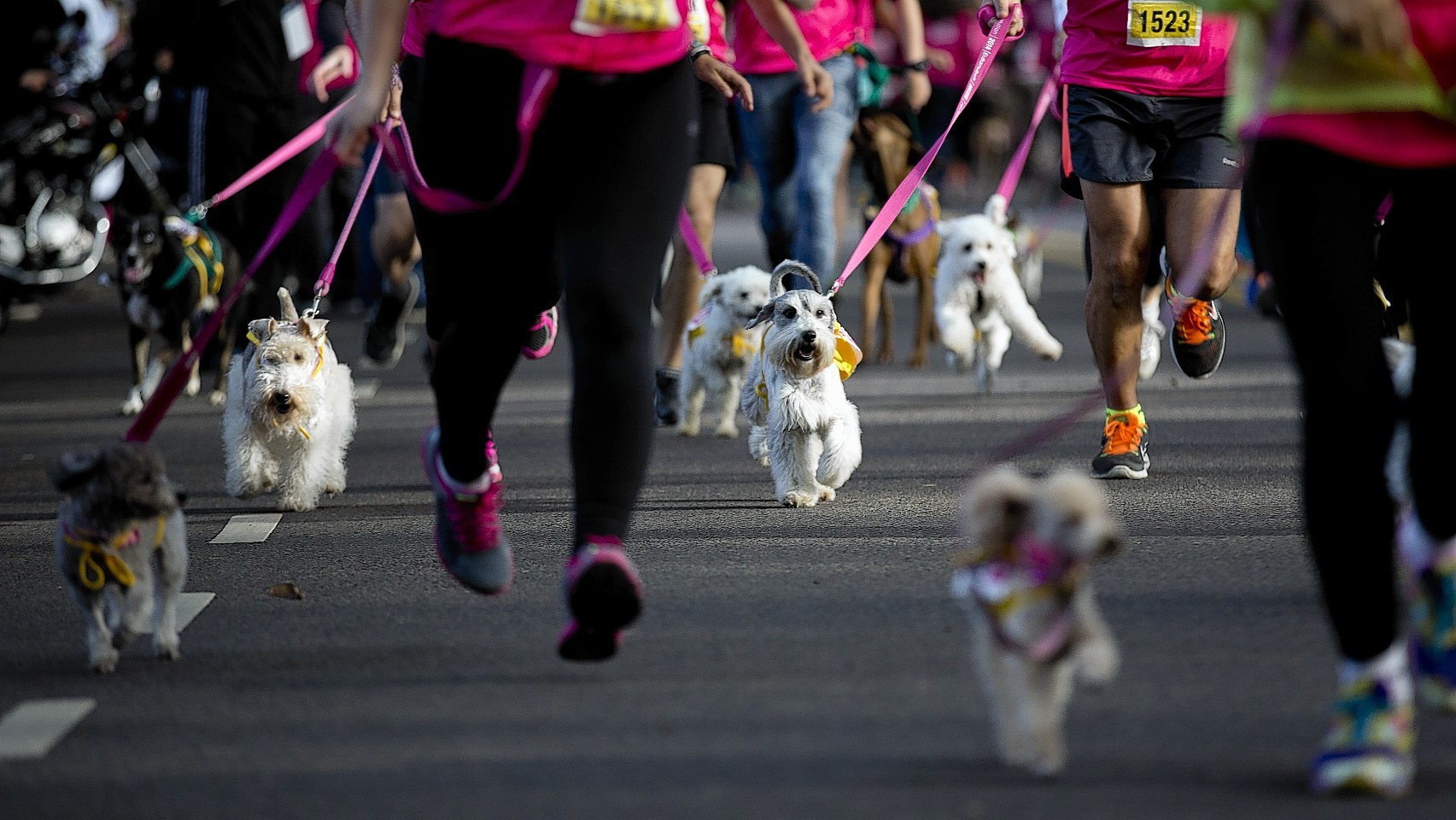Dog owners over the age of 65 act 10 years younger than their biological age, according to new academic research
Researchers at St Andrews University found that owning a dog makes older people fitter and healthier.
The study, published in the journal Preventative Medicine, also found that owning a dog can also have a beneficial effect on an elderly person’s metal health, including evidence of “significantly lower levels of anxiety and depression”.
Previous studies have looked at the positive benefits of pet ownership on the elderly, with dog owners being shown to have fewer symptoms of depression and decreases in blood pressure and heart rate.
However, this is the first study to look properly at levels of physical activity in the over 65 group.
Dr Zhiqiang Feng, who led the research, said: “It is well known that pet ownership may help alleviate feelings of loneliness and depression in older people, but one area that has received little attention is the effect of dog ownership on the physical activity levels of the elderly.
“Our results show that dog ownership is associated with an increased level of physical activity in the over-65s.
“On average, older dog owners were 12% more active than their counterparts who did not own a dog.”
Dr Feng monitored the activity of 547 elderly people in Tayside, with an average age of 79.
Of those who took part, 9%, around 50 people, were dog owners, and 75% of these walked their dogs.
Over a seven-day period participants were asked to wear a monitor which measured their movements.
Of the group, the dog owners were not only more physically active, but their levels of activity were the equivalent of people ten years younger.
The length of the walk did not make any difference to the positive effects of dog walking. Of those who took part, the dog owners on average showed significantly lower levels of anxiety and depression.
Dr Feng, a senior lecturer at the School of Geography and Geosciences, added: “Our results suggest that dog ownership may motivate personal activity and enable older people to overcome many potential barriers such as lack of social support, inclement weather and concerns over personal safety.”
In the report, Dr Feng recommends dog-loaning and walking groups as possible ways of non-dog owners experiencing the benefits felt by dog owners.
He said: “Our findings suggest that there may be merit in investigating whether dog ‘owning’ or ‘loaning’ might be a plausible public health intervention to promote physical activity.
“Our study is especially relevant in our increasingly ageing society and it is never too late for sedentary older people to take up exercise.”
